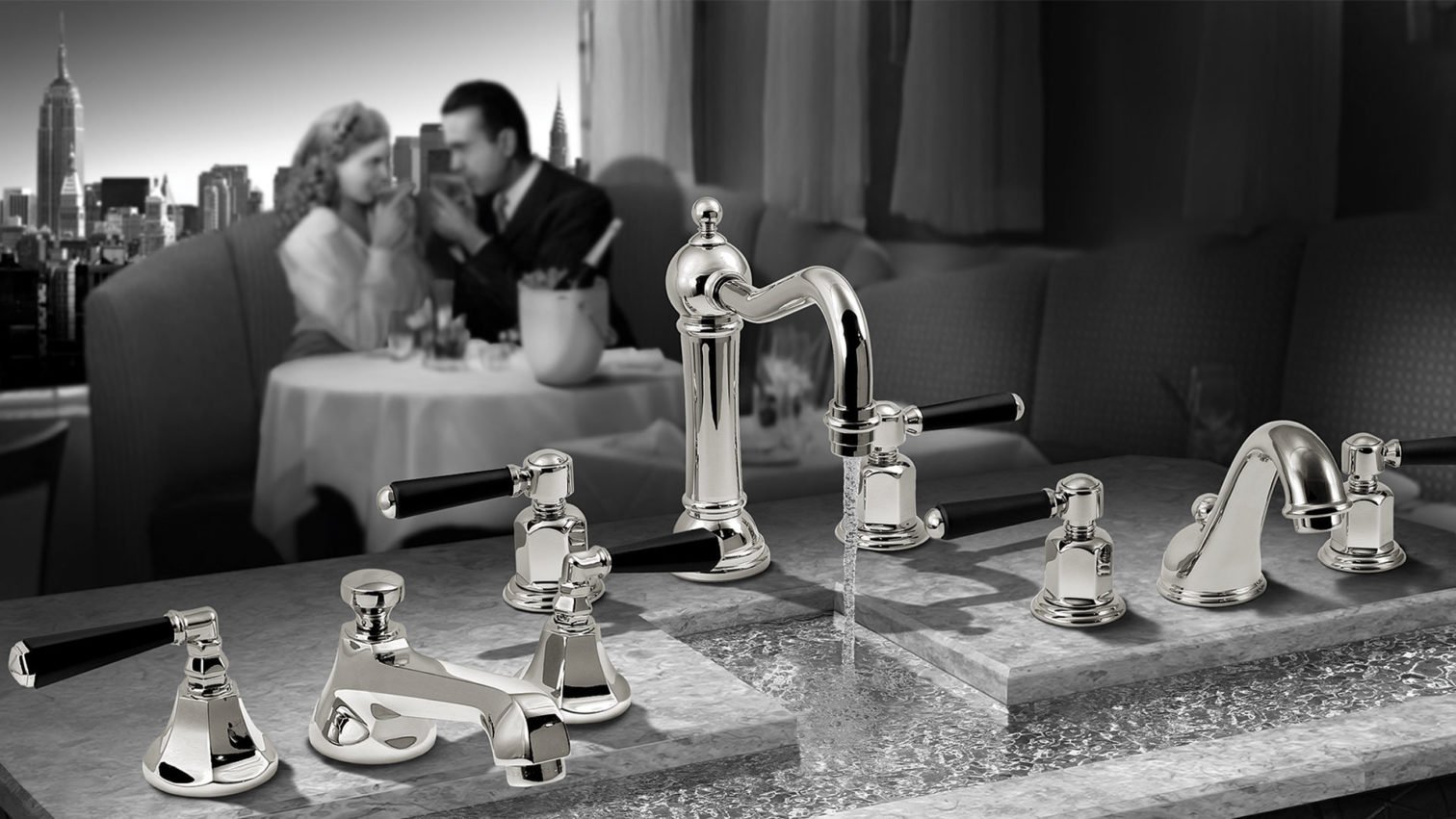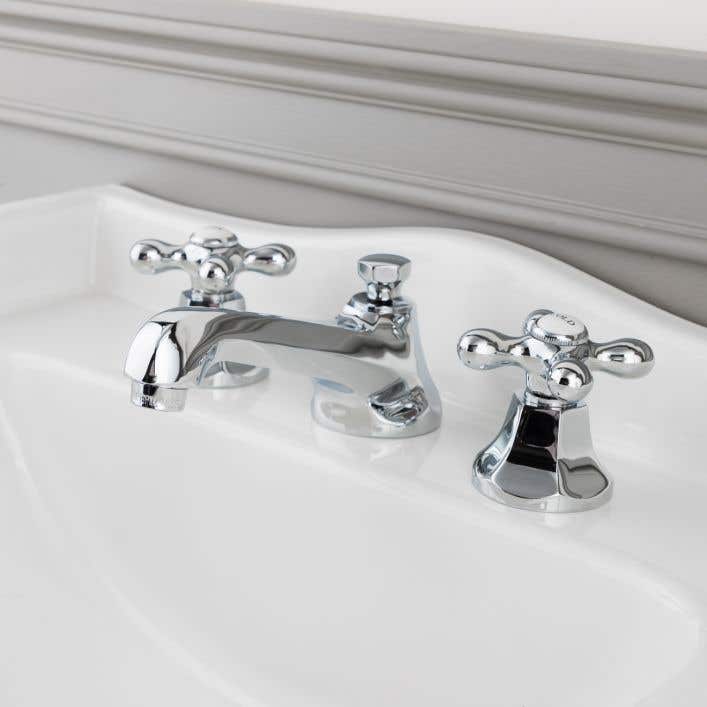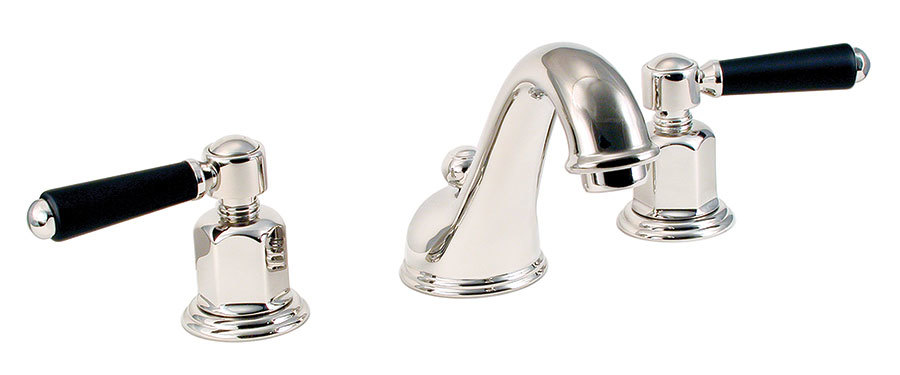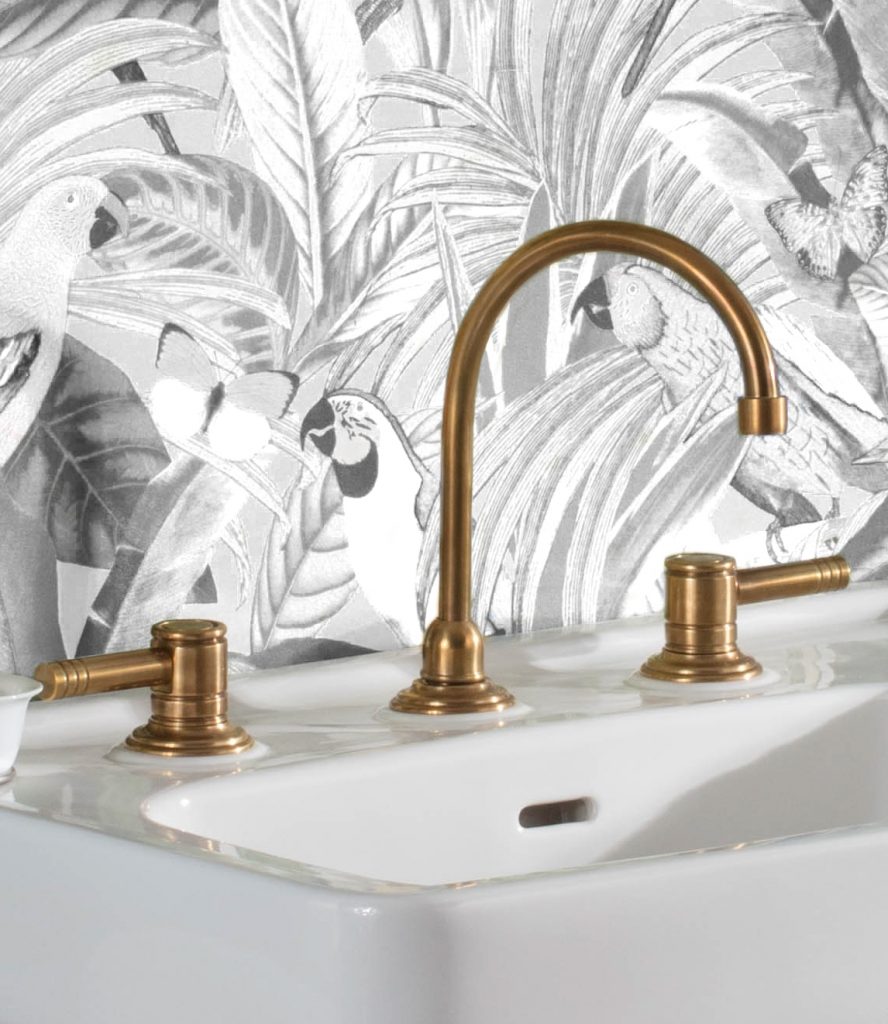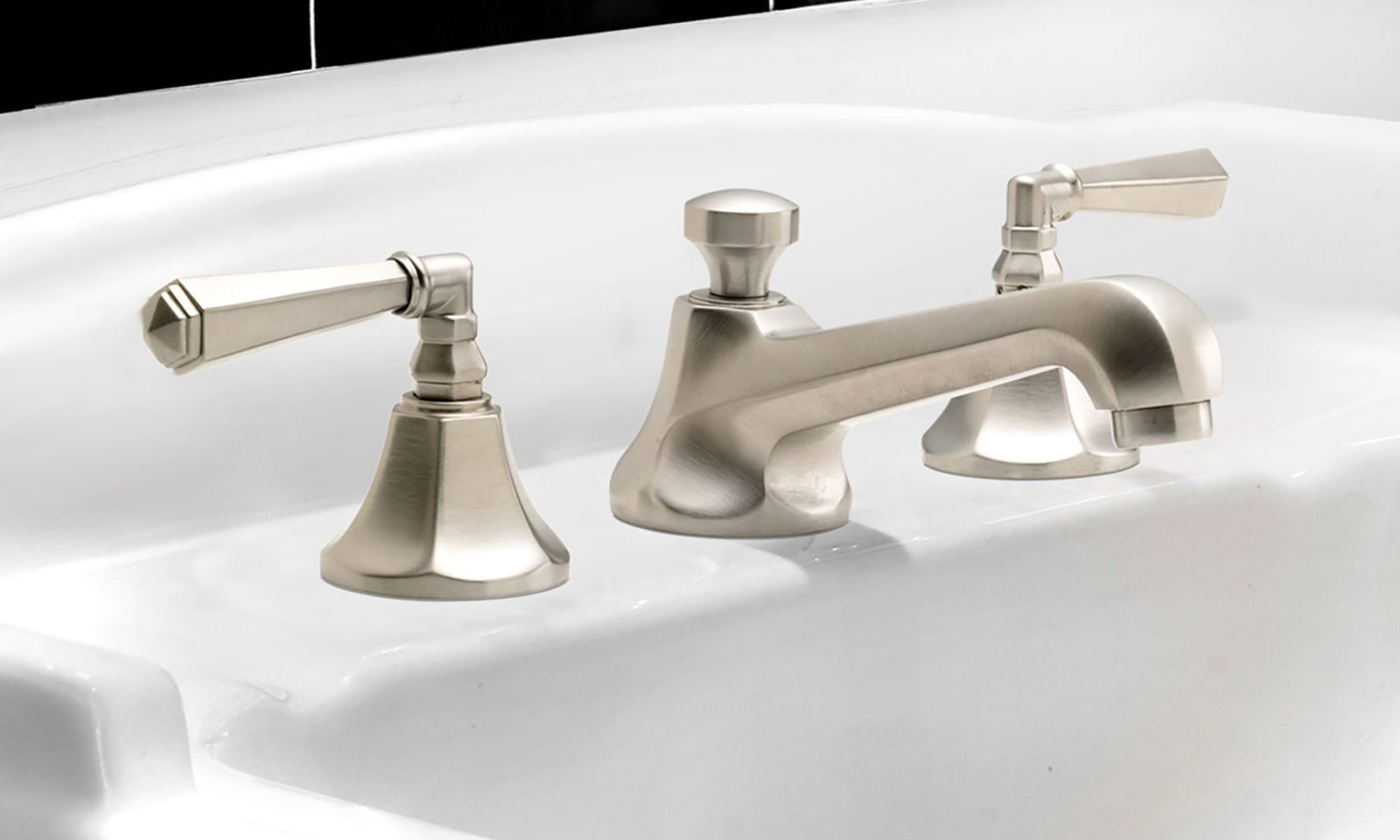But, in case you're replacing both sink and faucet you'll 1st need to decide which is the most crucial to you, the sink or maybe the bathroom faucet. Customers may consider purchasing an inexpensive bathroom faucet to save on cash, but you must ask yourself.
Images about Art Deco Bathroom Faucets
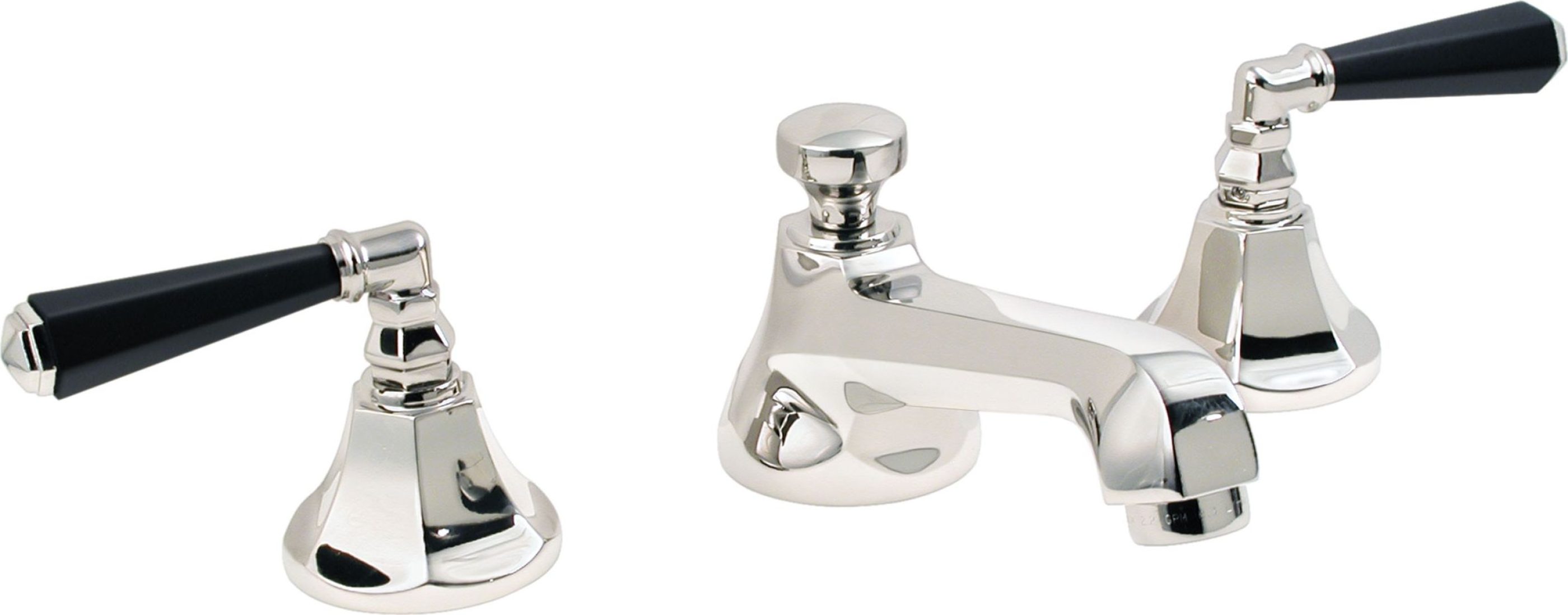
So, finding good furnishings as well as fixtures that enhance as well as raise the quality of home decor could be viewed as a wise investment. This particular way, the faucet will last longer unlike other faucets, saving you cash. Without having a guarantee, you might wind up having to pay a couple of dollars more for replacement or refurbishing once the faucet malfunctions.
Presenting the Art Deco Collection by California Faucets
While creating a facelift for the contemporary bathroom of yours, you may want to grab the wall mount faucet into account. Center set faucets have 2 handles though the feed pipes meet in the base near the spigot. You may like to check into these beneficial aspects before you start shopping for fixtures for the bathroom of yours.
Deco Series Perrin u0026 Rowe Collections House of Rohl
Manufacturers provide finishes in pewter, nickel and copper turning out to be the most favored and also come in a polished, brushed and also matte finishes. This might be achieved merely by selecting the most effective furnishings as well as fixtures for your bathroom including antique brass bathroom faucets. You can find many types and brands of faucets.
A54/151 THG Paris Traditional Art Deco Widespread Faucet [A54/151
Deco Widespread Bathroom Sink Faucet – Metal Cross Handles
PST@ Shengbaier Finish Widespread Art Deco Style Brass Waterfall
Presenting the Art Deco Collection by California Faucets
French Art Deco Inspired Faucet – Kitchen u0026 Bath Design News
Art Deco Collection – Deco Moderne 8″ Widespread Lavatory Faucet
Kingston Brass FB2601ZX 4 in. Centerset Bathroom Faucet, Polished Chrome
THG Paris Art Deco Widespread Faucet :: Bath Faucet Traditional
Fun Faucet Styles for All Types of Baths – Five Star Bath
THG Paris Art Deco Cristal Widespread Faucet :: Bath Faucet
Teapot Widespread Bathroom Faucet – Porcelain Lever Handles
Related Posts:
- Danco Bathroom Faucet Parts
- Concinnity Bathroom Faucets
- Removing Bathroom Faucet Nuts
- Replace Cartridge Bathroom Faucet
- Traditional Bathroom Faucets
- Old Style Bathroom Faucets
- Tuscan Bathroom Faucets
- Copper Single Hole Bathroom Faucet
- How To Fix A Leaky Delta Bathroom Faucet
- Delta Bathroom Faucet Cartridge
